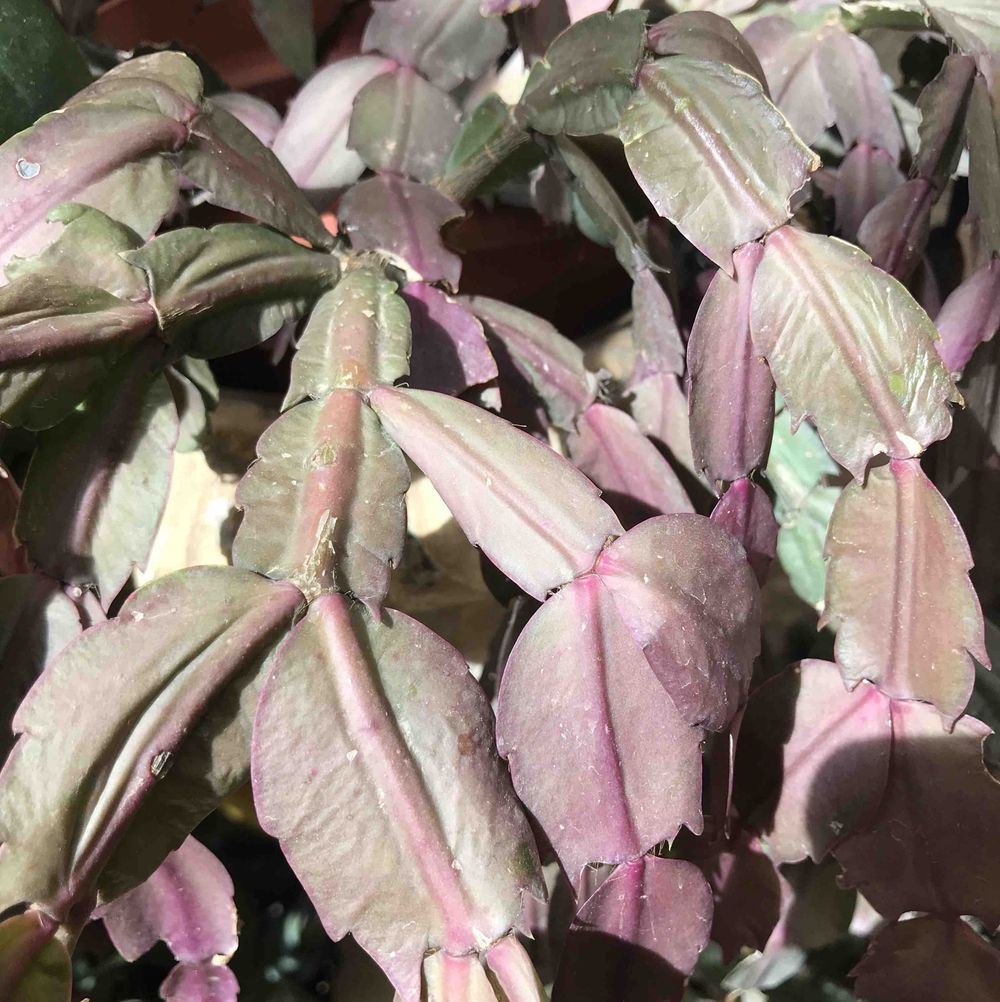Christmas cacti
(Schlumbergera)

Description
Schlumbergera is a genus of cacti native to Brazil, commonly known as Christmas cacti or Thanksgiving cacti. They are popular houseplants due to their attractive blooms that typically appear in the winter months, making them a festive addition to any home during the holiday season. In this article, we will explore the various aspects of the Schlumbergera genus, including its history, physical characteristics, cultivation, and care. History The Schlumbergera genus was named after Frédéric Schlumberger, a French collector of cacti who was responsible for the introduction of several species of the genus into cultivation in Europe during the late 1800s. The first species to be described was Schlumbergera truncata, which was originally named Epiphyllum truncatum by Charles Lemaire in 1858. Physical Characteristics Schlumbergera are epiphytic cacti that grow in the wild on trees and rocky outcroppings. They have flattened stem segments, known as phylloclades, which are joined at the ends to form a pendulous or spreading plant. The stems are typically serrated or scalloped, and the edges may be slightly or heavily toothed. The flowers of Schlumbergera are pendulous and tubular in shape, with widely flared petals that may be rounded or pointed. They range in color from white, pink, and red to orange and yellow, and may be solid, bicolored, or striped. The blooms appear at the end of the stems, and each flower lasts for several days to a week. Cultivation Schlumbergera are easy to grow and care for, making them an ideal houseplant. They prefer bright, indirect light, and should be kept in a well-draining potting mix. They are tolerant of a wide range of temperatures, but should be protected from extreme heat or cold. Propagation of Schlumbergera is typically done by stem cuttings. The cuttings should be taken from the phylloclades and allowed to callus over for several days before being planted in moist soil. They will typically root within a few weeks and can be potted up once they have established a healthy root system. Care Schlumbergera are low-maintenance plants, but they do have a few specific care requirements. They should be watered when the soil is dry to the touch, and should not be allowed to sit in standing water. Fertilizer can be applied monthly during the growing season to encourage healthy growth and blooming. Schlumbergera are prone to a few common pests and diseases, including mealybugs, scale insects, and root rot. These can typically be prevented by maintaining good hygiene practices, such as keeping the plant clean and avoiding overwatering. Conclusion The Schlumbergera genus is a popular group of houseplants known for their attractive winter blooms. They are easy to grow and care for, making them an ideal choice for beginners or anyone looking for a low-maintenance plant. By following the proper cultivation and care techniques, you can enjoy the beauty of Schlumbergera in your home year after year.
Taxonomic tree:







